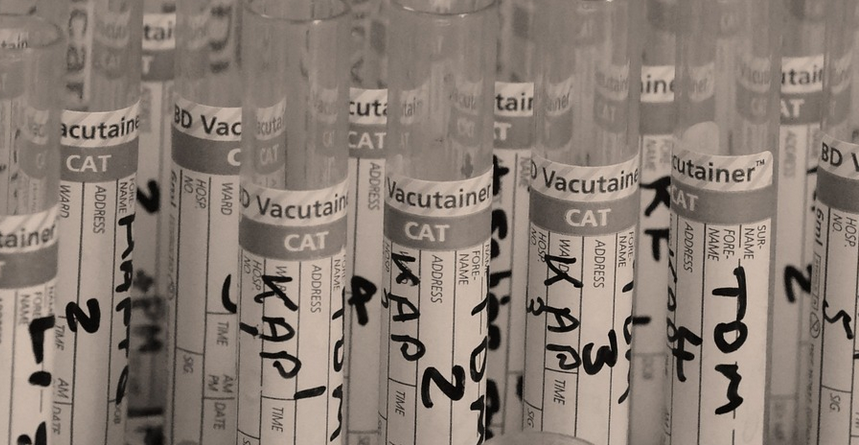Introduction
Welding is a common practice in many industries, including construction, automotive, and manufacturing. However, when welding galvanized steel, there are potential side effects that can have serious health consequences. In this article, we’ll explore the dangers of galvanized welding and how to protect yourself from harm.
What is Galvanized Steel?
Galvanized steel is steel that has been coated with a layer of zinc to protect it from rusting. This process is known as galvanization and is commonly used in construction and manufacturing.
The Dangers of Galvanized Welding
When welding galvanized steel, the heat from the welding process causes the zinc coating to vaporize. This creates a toxic gas called zinc oxide fumes, which can cause a range of health problems. The most common side effects of galvanized welding include:
Respiratory Problems
Inhaling zinc oxide fumes can cause respiratory problems such as coughing, wheezing, and shortness of breath. Prolonged exposure can lead to more serious conditions such as bronchitis and pneumonia.
Metal Fume Fever
Metal fume fever is a condition caused by inhaling metal fumes, including zinc oxide. Symptoms can include fever, chills, headache, and muscle aches. While the condition is usually temporary, repeated exposure can lead to long-term health problems.
Eye and Skin Irritation
Exposure to zinc oxide fumes can also cause eye and skin irritation. This can include redness, swelling, and itching. Prolonged exposure can lead to more serious conditions such as chemical burns and vision problems.
Protecting Yourself from Galvanized Welding Side Effects
To protect yourself from the dangers of galvanized welding, it’s important to take the following precautions:
Wear Protective Gear
When welding galvanized steel, it’s essential to wear protective gear such as a respirator, goggles, and gloves. This will help to prevent inhalation of zinc oxide fumes and skin and eye irritation.
Work in a Well-Ventilated Area
Working in a well-ventilated area can help to reduce the concentration of zinc oxide fumes in the air. This can be achieved by using fans or opening windows and doors.
Use Proper Welding Techniques
Using proper welding techniques can also help to reduce the amount of zinc oxide fumes produced during the welding process. This can include using lower heat settings and avoiding welding in confined spaces.
Conclusion
Galvanized welding can be dangerous if the proper precautions are not taken. By wearing protective gear, working in a well-ventilated area, and using proper welding techniques, you can protect yourself from the harmful side effects of galvanized welding. Remember, safety should always be your top priority when working with galvanized steel.

